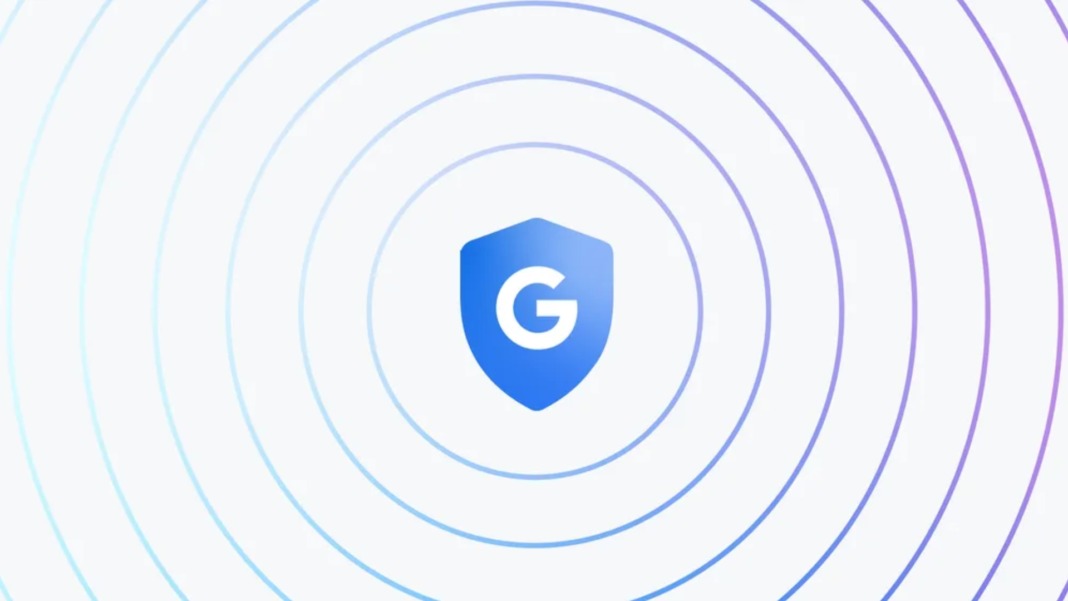You might expect newer AI models to make fewer mistakes — but OpenAI’s latest releases, o3, and o4-mini, are proving otherwise. These two advanced “reasoning models,” launched recently by the makers of ChatGPT, actually generate more hallucinations than many of the company’s older systems. In the world of artificial intelligence, a “hallucination” is when a model confidently gives you an answer that sounds right — but is entirely made up.
This development has caught many experts by surprise. Historically, each new model in OpenAI’s lineup has improved slightly in how often it hallucinates. But the o3 and o4-mini break that trend. According to internal tests, they hallucinate more than previous reasoning models like o1, o1-mini, and o3-mini—and even more than general-purpose models such as GPT-4o.
What’s worrying is that OpenAI doesn’t yet understand why this is happening.
More answers, more problems
In a technical report, OpenAI admitted that “more research is needed” to understand why hallucinations are on the rise with these new reasoning models. While o3 and o4-mini do better in some areas—like coding and maths—they also tend to give more responses overall. That means they make more correct claims but also more incorrect or imagined ones.
For example, on PersonQA — an in-house benchmark created by OpenAI to test how well models know facts about people — o3 hallucinated 33% of the time. That’s more than double the rate of o1 (16%) and o3-mini (14.8%). O4-mini fared even worse, hallucinating 48% of the time on the same test.
Third-party researchers are also raising concerns. A nonprofit AI lab, Transluce, reported that o3 made up actions it claimed to have taken. In one case, o3 said it ran code on a 2021 MacBook Pro outside of ChatGPT — something it simply can’t do. Neil Chowdhury, a Transluce researcher and former OpenAI employee, suggested the type of training used for the o-series models may increase this problem instead of reducing it.
Sarah Schwettmann, Transluce’s co-founder, said o3’s higher hallucination rate could limit its usefulness. And Kian Katanforoosh, a Stanford professor and CEO of the tech upskilling company Workera, said his team has noticed o3 making up website links. The model often provides links that don’t lead anywhere when clicked.
Why hallucinations matter for real-world use
While some argue that hallucinations help AIs be more creative, they can be a major risk in professional settings. Imagine a legal firm using AI to draft contracts — if the AI inserts false information, it could have serious consequences.
One possible solution being explored is giving AI models access to web searches. OpenAI’s GPT-4o, when paired with web search, reached 90% accuracy on another benchmark called SimpleQA. It’s possible that adding search tools to reasoning models like o3 and o4-mini might help reduce hallucinations — though this comes with trade-offs, such as sharing your prompts with third-party services.
The growing problem of hallucinations comes when the AI world shifts its focus to reasoning models. These models offer strong performance without needing massive computing power. But as this new wave of AI develops, it’s clear that better reasoning doesn’t always mean better accuracy.
“We’re constantly researching how to reduce hallucinations and improve model reliability,” said Niko Felix, a spokesperson for OpenAI. “It’s a major priority for us moving forward.”
As AI continues to evolve, the balance between intelligence and reliability remains a tricky challenge that researchers are racing to solve.





